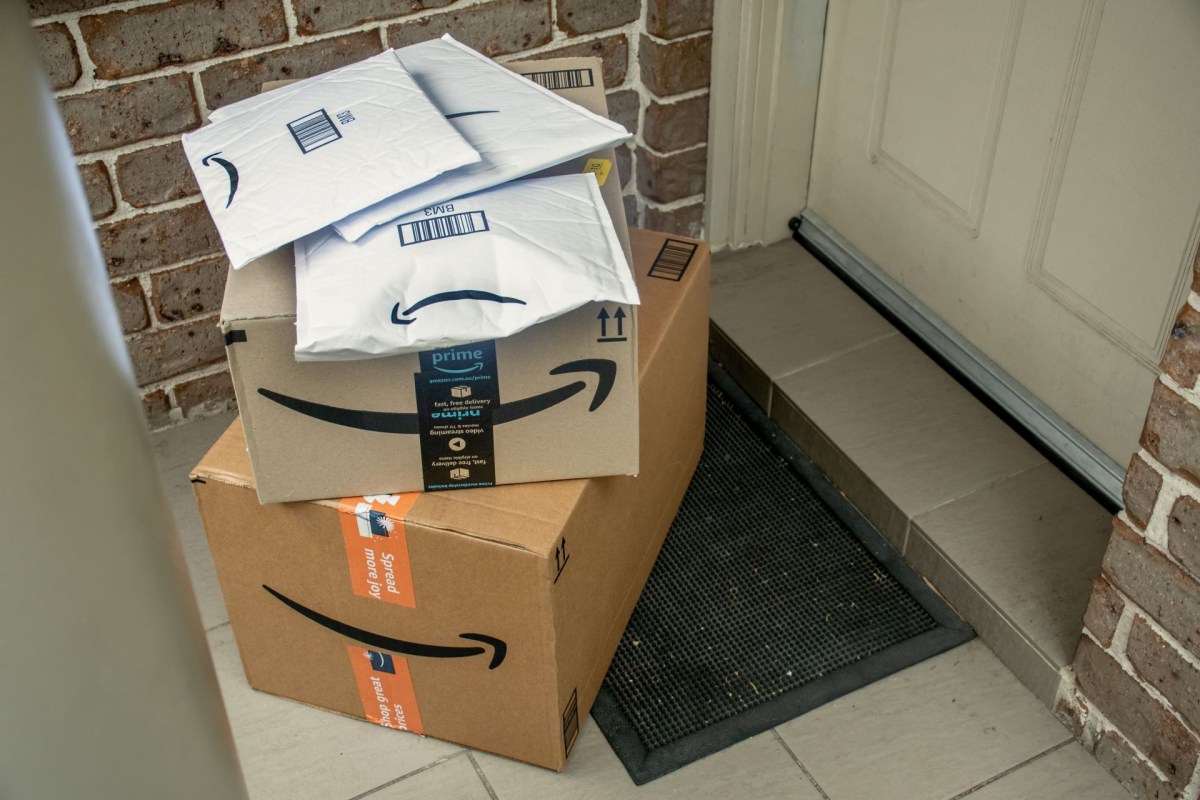We've all been there. You find the perfect item on Amazon, but when it arrives, it looks nothing like the photo. Luckily, Amazon has added a "frequently returned" label to products to save you from disappointment.
What is Amazon's 'frequently returned' label?
While Amazon is known for its generous 30-day return policy, it's still frustrating to receive a dissatisfactory item that you need to go out of your way to return.
This new feature has added a warning label on products that are frequently returned by other shoppers, which can help tip off users that they may be buying low-quality items, saving consumers the inconvenience of returning them.
When Amazon flags a frequently returned item, it suggests shoppers "check the product details and customer reviews" before purchasing. The retail giant is flooded with fake 5-star ratings, so Amazon encourages customers to read detailed reviews from verified purchasers.
Although the feature does not seem to have been rolled out to all Amazon users, The Intercept was able to screenshot an example of what the warning label looks like on a frequently-returned record player.
The record player in question has a 3.8 out of 5-star rating — with 18% of all reviews giving the item just one star.
"Damaged during transit," one shopper wrote. "Truly am hoping to get the full $540 that I spent back considering it was never used in arrived broken in unusable condition."
"They sent it in a way bigger box with absolutely no packaging around it beside a tiny sheet of paper. The box was torn and everything inside is torn," wrote another. "The turntable is scratched and doesn't work properly. I will return. Do not buy this from Amazon."
Why is Amazon's 'frequently returned' label necessary?
While Amazon does not share company-wide return numbers, experts believe its return rates are staggering. The "frequently returned" tag can offset returns, saving consumers and the company from unnecessary aggravation and transit.
The National Retail Federation found that $761 billion of products were returned to retailers in 2021, with the average rate of return for online purchases at almost 21%.
Amazon reported $469 billion in revenue in 2021, and if its return rate mirrors the industry average, that's millions, if not billions, of dollars worth of products returned.
"We're talking about billions, billions, and billions of [dollars of] waste that's a byproduct of consumerism run amok," Mark Cohen, the director of retail studies at Columbia Business School, told CNBC.
How Amazon's 'frequently returned' label helps the environment
Frequent returns are a headache for Amazon and its loyal customers, but there are significant environmental implications, too.
Across the retail industry, returned products are often thrown out instead of resold. This amounts to about 6 billion pounds of landfill waste every year.
Amazon is allegedly no exception to this wasteful business practice. Third-party Amazon sellers have claimed that they dispose of roughly a third of products returned to warehouses.
During a product's journey back to Amazon warehouses, it is transported on Amazon vans and planes, which contribute to the harmful air pollution that is overheating our planet and making us sick. Experts estimate that shipping returned items create 17.6 million metric tons of carbon pollution annually.
The "frequently returned" label aims to help shoppers make wiser purchases and reduce the number of returns Amazon processes at the environment's expense.
Join our free newsletter for cool news and actionable info that makes it easy to help yourself while helping the planet.









